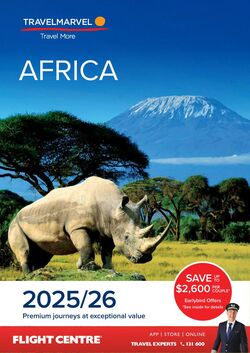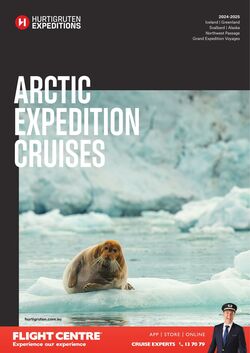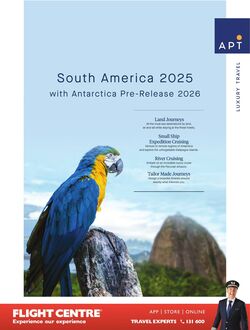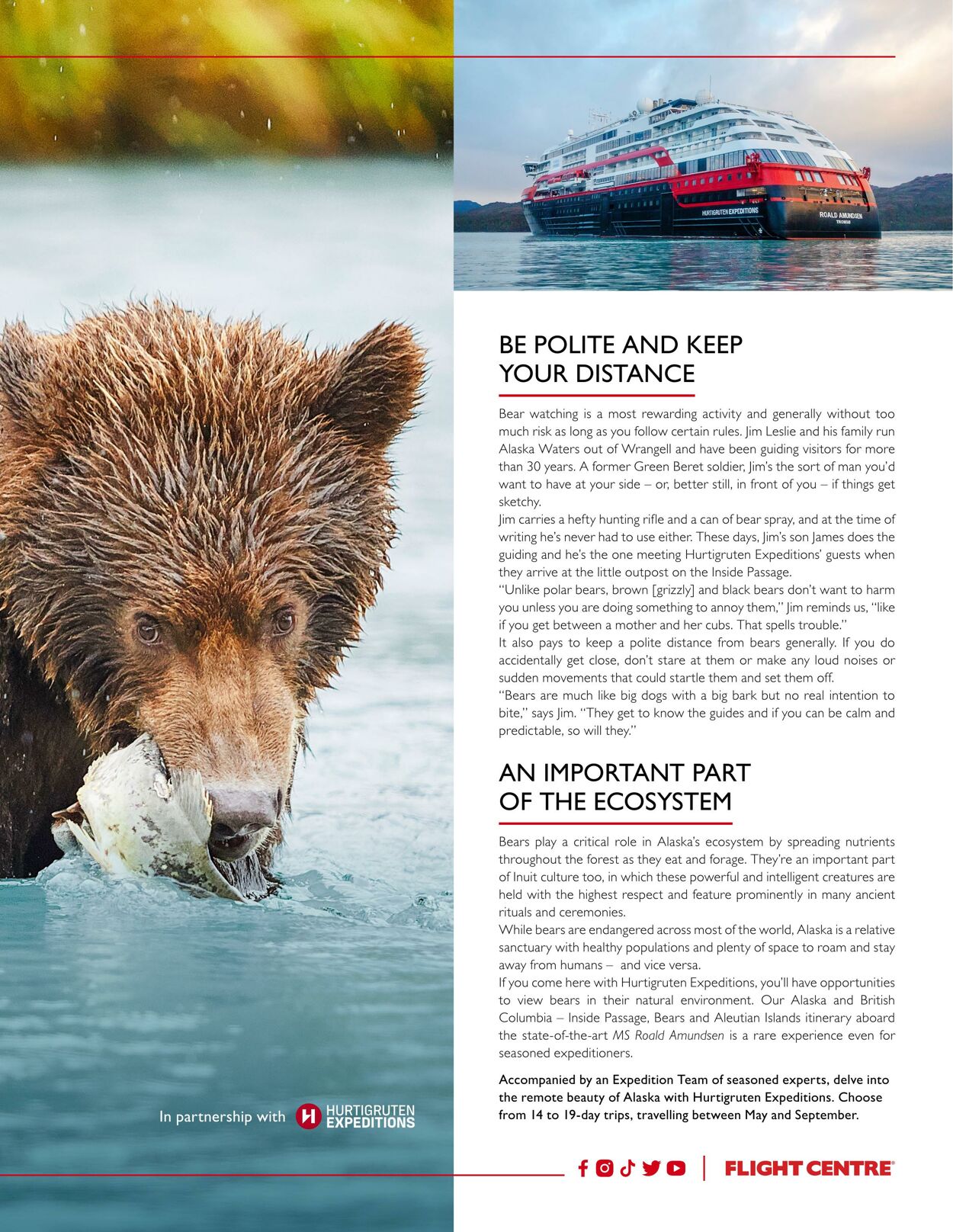













Products in this catalogue
BE POLITE AND KEEP YOUR DISTANCE Bear watching is a most rewarding activity and generally without too much risk as long as you follow certain rules. Jim Leslie and his family run Alaska Waters out of Wrangell and have been guiding visitors for more than 30 years. A former Green Beret soldier, Jim's the sort of man you'd want to have at your side — or, better still, in front of you — if things get sketchy, Jim carries a hefty hunting rifle and a can of bear spray, and at the time of writing he’s never had to use either. These days, Jim's son James does the guiding and he's the one meeting Hurtigruten Expeditions’ guests when they arrive at the little outpost on the Inside Passage. “Unlike polar bears, brown [grizzly] and black bears don’t want to harm you unless you are doing something to annoy them,” Jim reminds us, “like if you get between a mother and her cubs. That spells trouble.” It also pays to keep a polite distance from bears generally. If you do accidentally get close, don't stare at them or make any loud noises or sudden movements that could startle them and set them off. “Bears are much like big dogs with a big bark but no real intention to bite,” says Jim. “They get to know the guides and if you can be calm and predictable, so will they.” AN IMPORTANT PART OF THE ECOSYSTEM Bears play a critical role in Alaska’s ecosystem by spreading nutrients throughout the forest as they eat and forage. They're an important part of Inuit culture too, in which these powerful and intelligent creatures are held with the highest respect and feature prominently in many ancient rituals and ceremonies. While bears are endangered across most of the world, Alaska is a relative sanctuary with healthy populations and plenty of space to roam and stay away from humans — and vice versa. Ifyou come here with Hurtigruten Expeditions, you'll have opportunities to view bears in their natural environment. Our Alaska and British Columbia — Inside Passage, Bears and Aleutian Islands itinerary aboard the state-of-the-art MS Roald Amundsen is a rare experience even for seasoned expeditioners. Accompanied by an Expedition Team of seasoned experts, delve into the remote beauty of Alaska with Hurtigruten Expeditions. Choose from 14 to 19-day trips, travelling between May and September. f@d YO | FLIGHTCENTRE
| Name | Details |
|---|